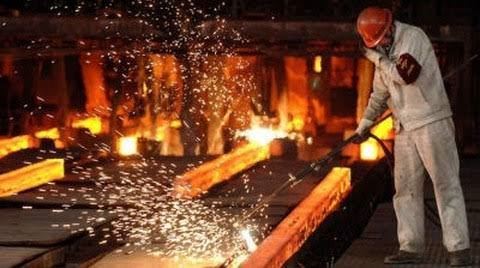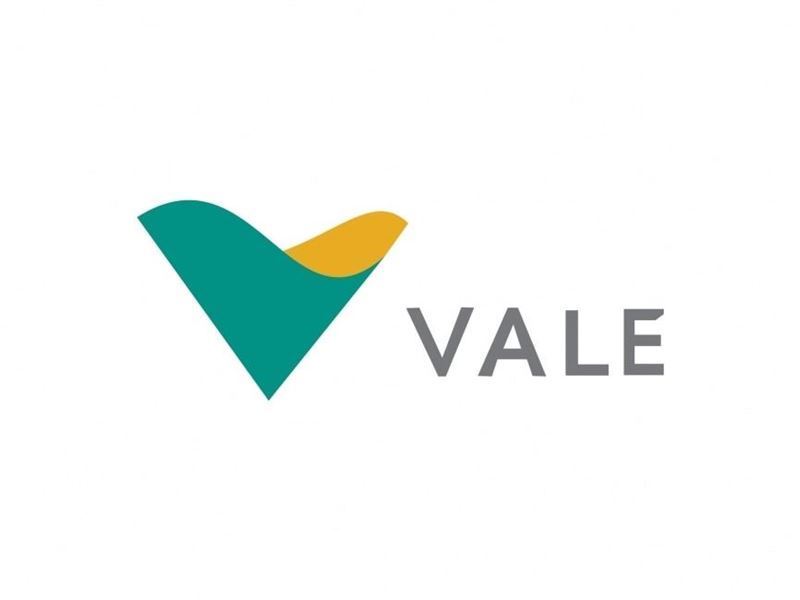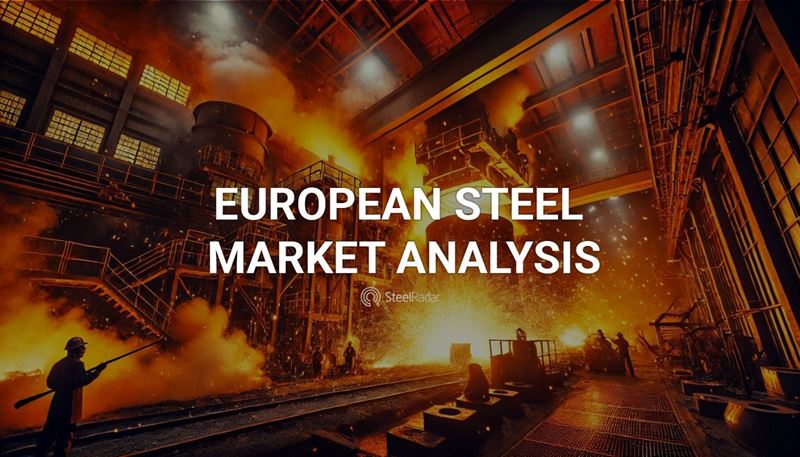Steel consumption in Europe is drifting into recession this year as demand from the construction and automotive industries declines. According to the third-quarter Outlook of the Economy and Steel Markets report published by the European Steel Association (Eurofer), the EU's steel consumption will enter recession in 2022 for the third time in the last four years, as a result of the three demand declines projected in the second, third and fourth quarters of this year. Waiting.
It was 37.1 million tons in the first quarter.
In the report, it is stated that the positive mood recorded in the apparent steel consumption of EU-27 countries in 2021 has deteriorated. In the first quarter of 2022, the growth in apparent steel consumption in the EU increased by 6.5 percent year on year to 37.1 million tons. However, as a result of the rapid deterioration of the global industrial and economic outlook following the Russian invasion of Ukraine, Eurofer forecasts a 1.7 percent decrease in the EU's apparent steel consumption for the full year 2022. But this forecast represents an upside correction from the previously estimated 1.9 percent drop. According to Eurofer, after apparent consumption contracted by 5.3 percent in the second quarter of the year, it is expected to contract by 4.3 percent in the third quarter and 2.6 percent in the last quarter. While the total consumption throughout the year is estimated as 147 million tons,
Adverse effects could extend to 2023
“The steel market has a bleak outlook for the remainder of 2022 and the repercussions are likely to follow in 2023,” says Eurofer Managing Director Axel Eggert. Eggert said, “For almost a year, we have been facing the consequences of rising energy prices and supply chain bottlenecks, the Russian invasion of Ukraine. However, there is no sign that uncertainty will ease any time soon.”
The Union's steel consumption is expected to increase by 5.6 percent in 2023, but steel demand is expected to remain low until at least the first quarter of 2023 due to the developments and effects of the Russia-Ukraine war.
Eurofer also lowered its annual growth forecast for the production of steel-using industries from 2 percent to 1.1 percent. In 2023, it is predicted that the production in sectors using steel will grow by 2.2 percent.
Brazil's demand could double in 10 years!
It is stated that Brazil's steel consumption may double in the next 10 years, thanks to the 'huge opportunities' created by the need to create more infrastructure in Brazil, the largest economy in Latin America. Jeff erson De Paula, director of ArcelorMittal SA in Brazil, said there is potential for a large increase in demand due to the need to build more housing, renewable energy projects, ports and oil and gas assets.
India becomes a net steel importer
India became a net steel importer in July as exports fell to a three-year low amid pressure from a 15 percent export duty. According to the data of the Ministry of Steel, in July, finished steel imports increased by 8.4 percent year on year to 444 thousand tons, while exports decreased by 75 percent year on year and 41 percent month on month to 380 thousand tons. This means that for the first time since January 2021, the country's finished steel imports exceeded its exports. In addition, July exports were at the lowest level since June 2019. In the April-July period, finished steel exports decreased by 49.3 percent on an annual basis to 2.57 million tons, while imports increased by 3.1 percent to 1.62 million tons in the same period. 15 percent applied to steel products by the government in late May. It reduced shipments due to the tenth export tax and weak international demand. On the other hand, imports, especially from Russia, have increased recently, as cheap steel has attracted local buyers.











Comments
No comment yet.